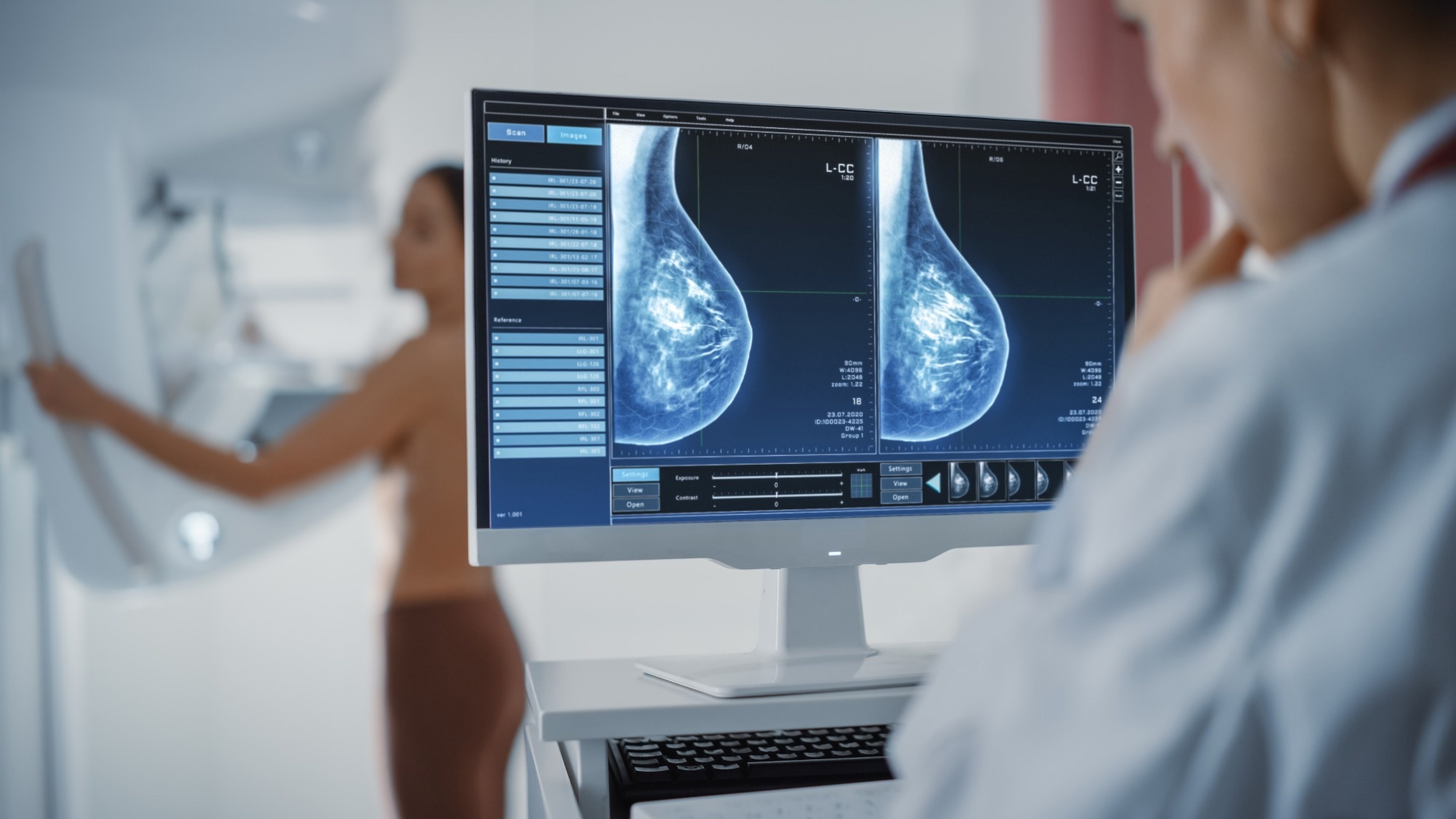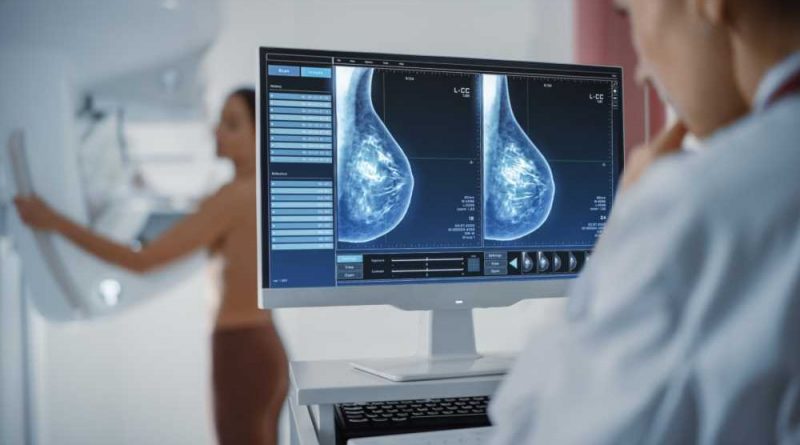minocin mexico
In a recent study published in Nature, researchers performed phylogenetic analyses to trace the evolution of breast cancer and precursor lesions.
 Study: Evolutionary histories of breast cancer and related clones. Image Credit: Gorodenkoff/Shutterstock.com
Study: Evolutionary histories of breast cancer and related clones. Image Credit: Gorodenkoff/Shutterstock.com
Background
Recent studies reveal the evolution of clones carrying common cancer mutations in healthy tissues, which are implicated in cancer development.
However, data on driver events and sequence before ≥1.0 clones evolve into cancer remains limited. Key questions remain about the onset of cancer from non-cancerous clones and differences in mutation profiles between cancerous and non-cancerous clones.
Phylogenetic studies using multiple sampling of tumor samples are limited in mapping the timing of cancer clones' emergence or tracking non-cancerous clones' fates.
About the study
In the present study, researchers investigated breast cancer evolution.
Whole-genome sequencing (WGS) was performed on several microscale specimens obtained from laser-capture microdissection (LCM) of cancerous and clonally-associated benign breast lesions (BBLs) with an average diameter of three millimeters (mm) and normal lobules.
Subsequently, tamiflu suspension cherry syrup phylogenetic trees of cancer and non-cancer clones were formed based on the mutational accumulation rate calculated fromWGS of organoids derived from a single cell produced from the mammary epithelium to study breast cancer history.
WGS examined 69 LCM samples for copy-number changes (CNAs) and somatic mutations. The researchers generated 71 one-cell-extracted organoids using epithelial cell adhesion molecule (EpCAM)-expressing cells extracted from histologically benign mammary tissue in breast cancer patients or breast milk donated by healthy breastfeeding volunteers to estimate the rate of mutation accumulation in normal mammary epithelial cells with aging.
Somatic mutations were studied in 64 organoids obtained from six and nine premenopausal and postmenopausal breast tumor patients, respectively, and from six disease-free females.
Phylogenetic analysis was done on surgical specimens containing pathologically proven cancer and multifocal (three or more) non-cancer proliferative lesions (diameter 3.0 mm).
The wide range of der(1;16) genetic clones was investigated further using fluorescence in-situ hybridization (FISH), which detected uneven chromosomal copies in the chromosomal arms, 1q and 16q.
The researchers assessed the extent to which der(1;16) non-cancerous clones can increase after puberty to see if the substantial growth of der(1;16)(positive) genetic clones could be explained only by the natural enlargement of the developing mammary glands during this era.
The researchers did this by microdissecting numerous non-cancerous lobules from surgically resected and fresh-frozen tissues from three freshly recruited premenopausal breast cancer patients.
Lastly, the team used public data from the Cancer Genome Atlas (TCGA) to define clinical and pathological aspects of der(1;16)(positive) breast tumors and study their function in breast cancer etiology.
Results
The study examined the evolutionary histories of breast cancers, namely der(1;16)(+) breast cancer, which has a common driver modification detected in 20% of cases. Der(1;16)(+) malignancies were acquired between early puberty and late adolescence, with the appearance of an ancestral connection in the individual's early 30s.
By the time cancer was discovered, these clones had spread across premenopausal breast tissues. Multiple separate cancer founders evolved from non-cancer forebears, which contributed to intratumor heterogeneity.
The number of driver events did not correspond with histology, indicating that epigenetic driver events and local microenvironments play a role.
The mutation distribution in 15 organoids revealed 58,385 single nucleotide variants (SNVs) and 3,955 small insertions and deletions (indels) as clonal somatic variants, including four PIK3CA mutations. PIK3CA mutations influenced the mutational rate, which elevated the SNV count by 210 and reduced the indel accumulation rate by 45%.
Der(1;16) was highly characteristic of Luminal A breast cancer, particularly those with invasive lobular histology (ILC). AKT1-mutated lobules originating from the most recent common ancestor (MRCA) spread over the 65 mm region, displaying histologies comprising proliferative and non-proliferative and ductal carcinoma in situ (DCIS) lesions.
The findings indicated that numerous separate cancer progenitors descended from shared 'non-cancer' forebears could establish a cancerous community at various times.
Conclusions
Overall, the study's findings reveal mutational processes in the mammary epithelium and breast cancer history, highlighting the unique role of der(1;16) in the major subset of Luminal A breast cancer. Long before tumor diagnosis, the earliest driving events occurred all through teenage years, late teenage years, or early infancy.
The MRCA of cancerous and non-cancerous genetic clones did not develop until the patient was in his or her early twenties to early thirties, and it required more than ten years after the onset of first driving changes (around 6.0 to 17 years) until the initial tumor progenitors appeared.
The absence of significant relationships between histologies and the number and/or type of driving events indicated that epigenetic modifications and local microenvironments play a role in tumor formation.
Der(1;16) was responsible for 20% of all breast cancers and one-third of Luminal A, and two-thirds of invasive lobular-type breast tumors, respectively. The findings on the mutational profile aligned with epidemiological data showing late menopause and low parity are associated with an increased risk of developing breast cancer.
The mammary epithelium may be regenerated by freshly recruited, 'dormant' stem cells that have been spared the SNV load following the effacement of substantially proliferating mammary glands after birth or nursing.
Nishimura, T. et al. (2023) "Evolutionary histories of breast cancer and related clones", Nature. doi: 10.1038/s41586-023-06333-9. https://www.nature.com/articles/s41586-023-06333-9
Posted in: Medical Science News | Medical Research News | Medical Condition News | Women's Health News | Disease/Infection News
Tags: Aging, Breast Cancer, Breast Milk, Breastfeeding, Cancer, Carcinoma, Cell, Cell Adhesion, Ductal Carcinoma, Evolution, Fish, Fluorescence, Genetic, Genome, Histology, Hybridization, Menopause, Molecule, Mutation, Nucleotide, Nursing, Organoids, Puberty, Research, Stem Cells, Tumor

Written by
Pooja Toshniwal Paharia
Dr. based clinical-radiological diagnosis and management of oral lesions and conditions and associated maxillofacial disorders.
